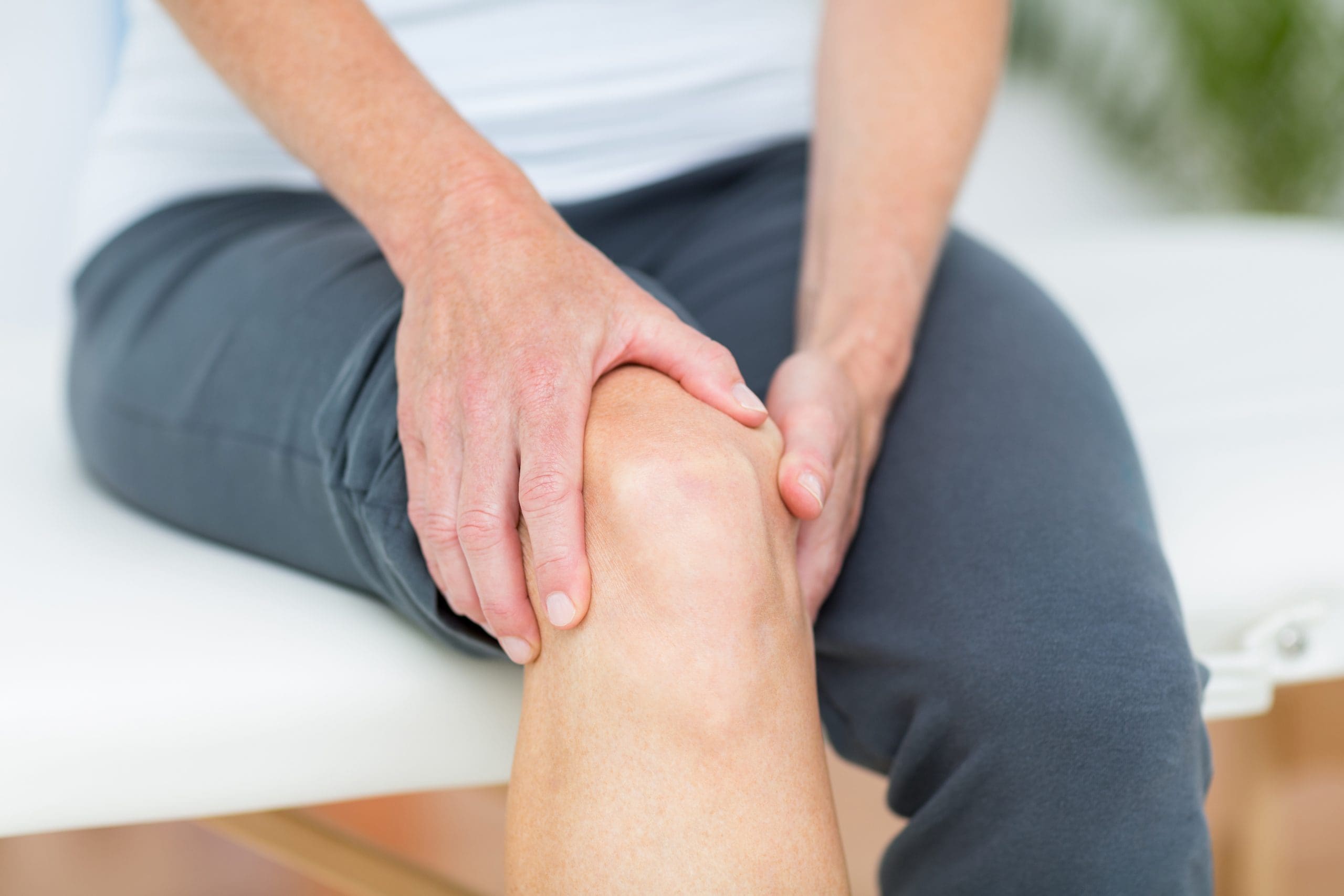 If you are experiencing chronic knee pain, we encourage you to contact us to get in touch with our physicians to find the best treatment. In most cases, they recommend introducing exercise into your daily routine. However, it is important to make sure you are taking a safe approach to avoid injury. To learn what to do and what to avoid when exercising with knee pain, continue reading.
If you are experiencing chronic knee pain, we encourage you to contact us to get in touch with our physicians to find the best treatment. In most cases, they recommend introducing exercise into your daily routine. However, it is important to make sure you are taking a safe approach to avoid injury. To learn what to do and what to avoid when exercising with knee pain, continue reading.
Exercise can often be the last thing on the mind of someone suffering from a chronic knee pain condition. And as research indicates, many people who have degenerative diseases of the knee, such as osteoarthritis, don’t get anywhere close to the recommended amount of daily exercise activity that they should.
Further, plenty of studies show the enormous benefits of regular exercise on knee health and the protective advantages it can offer in keeping the structures, tissues and ligaments of the knee protected from damage now, and later in life. As long as you clear it with your physician first, you might be surprised at the knee pain relief and active lifestyle benefits that can come with introducing exercise into your daily routine.
Exercising With Knee Pain: What to Avoid
- Don’t overdo it on rest. Contrary to popular belief, too much rest for an achy knee can weaken the muscles in the leg and may worsen knee joint pain.
- Don’t run. No matter what surface you choose to run on (paved road, natural terrain or treadmill), running is a high-impact activity that places tremendous stress and force on every joint in the body, including the knees. Avoid high-impact activities when you’ve got active knee pain.
- Don’t excessively bend the knees. Exercises like lunges and squats can be exceptionally bothersome for people experiencing knee pain. These types of activities can put excessive strain and pressure on already painful knees, which can discourage people from the otherwise fantastic knee health benefits of exercise.
- Don’t exercise through acute pain. Achiness or muscle fatigue is common during or after a strenuous workout. However, sudden, sharp or shooting pains in the knees are an indication that the offending activity should be immediately stopped.
Exercising With Knee Pain: What to Do
- Take to the water. For people with chronic knee pain, exercising in the water can be one low-impact way to reduce stress on the knee joints while still reaping exercise’s cardiovascular, joint and overall health benefits.
- Lighten the load. Putting too much strain on an ailing knee joint can be a recipe for further injury. Avoid exercises that jar the joints – such as running, jumping or deep squats that load the knees with lots of force. Opt for gentler activities that help you maintain fitness but don’t put your achy knees at risk for further pain or damage.
- Walk it out. Walking is a great total-body cardiovascular activity that can benefit people with achy knees. Be sure not to go too far or for too long if you’re in moderate to severe pain, and make sure that the walking surface is even, without too much uphill or downhill variation, so that you don’t risk tripping and falling.
- Mind the equipment. Today, there are so many exercise apparatuses that allow for knee-friendly exercise while eliminating or reducing stress on the knees. Elliptical machines and recumbent stationary bikes are practical and helpful tools for enhancing fitness while reducing the stress, load and impact on the knees.
Click here to continue reading
Original article published on health.usnews.com








